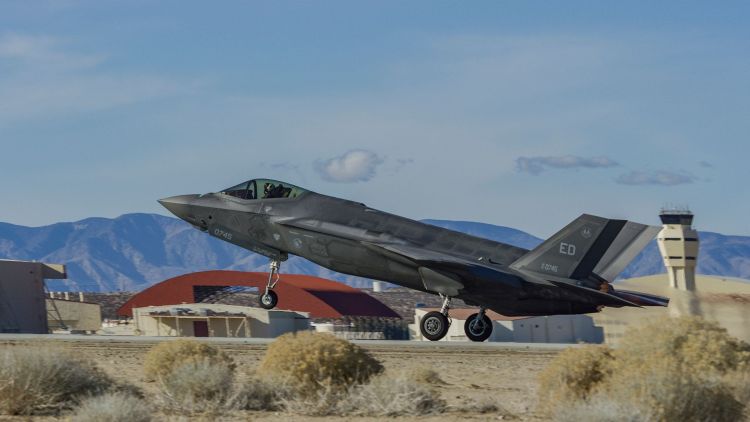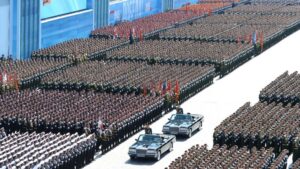The Department of Defense (DoD) recently announced that it will officially resume accepting deliveries of the Lockheed Martin F-35 Joint Strike Fighter after a year-long pause caused by software integration challenges.
The first two F-35A Lightning II aircraft equipped with the new Technology Refresh-3 (TR-3) software were delivered last Friday, July 19.
Resuming F-35 Deliveries
After careful deliberation and consultation with military leadership, pilots, maintenance crews, industry experts, and the program’s oversight board, Lieutenant General Mike Schmidt green-lit to accept the F-35s that were equipped with a scaled-back “truncated” version of the latest software, Defense News reported.
Software issues plagued the program, and this phased delivery approach taken by the Pentagon aimed to mitigate risks while ensuring a steady flow of aircraft to the US Air Force and its allies.
The F-35 program’s TR-3 software is an essential upgrade for Block 4, expected to further expand the advanced jet’s capabilities.
“These (TR-3 and Block 4) and further software updates over the life of the program will ensure the F-35 continues to be an effective deterrent and the cornerstone of joint all-domain operations now and decades into the future,” said Bridget Lauderdale, Lockheed Martin’s vice president and general manager of the F-35 Program.
An F-35A Lightning II with Technology Refresh 3 software assigned to the 187th Fighter Wing arrives at Dannelly Field, Alabama. (DVIDS)
The TR-3 Software and its Challenges
Designed to enhance the F-35’s displays, computing power, and overall performance, TR-3 software proved challenging to implement due to software compatibility issues and hardware delays.
As a result, the DoD refused to accept the new F-35s last July and later on began withholding payments of about $7 million per plane, according to Bloomberg, despite production continuing.
To address the growing backlog of aircraft and expedite the process, the program explored a temporary solution: a “truncated” version of TR-3 that would enable basic flight operations but defer full mission capabilities until next year.
This compromise allowed for the resumption of deliveries while the program worked towards complete TR-3 integration.
In a briefing last Saturday, July 20, Andrew Hunter, the Air Force’s top acquisition executive, told reporters that the Pentagon was still withholding payments to Lockheed Martin despite the recent resumption of delivery.
“There are still withholds. Since not everything that we contracted for has been delivered, payment is also not complete,” said Hunter at the recent Royal International Air Tattoo (RIAT) air show, cited by Breaking Defense. “We will not pay for that which we have not yet received.”
Financial and Production Updates
Lockheed Martin is ramping up production of the F-35s, working to “deliver between 75 and 110 aircraft in the second half of 2024 alone, primarily in the TR-3 configuration,” as noted on the company’s financial disclosure (form 8-K).
With an annual production target of 156 aircraft, the company is demonstrating its commitment to meeting the growing demand for this fifth-generation fighter while simultaneously integrating cutting-edge technology.
In Summary: While the initial aircraft boasts limited training capabilities, the Pentagon anticipates full combat readiness with the TR-3 software by the end of 2025.
—
Disclaimer: SOFREP utilizes AI for image generation and article research. Occasionally, it’s like handing a chimpanzee the keys to your liquor cabinet. It’s not always perfect and if a mistake is made, we own up to it full stop. In a world where information comes at us in tidal waves, it is an important tool that helps us sift through the brass for live rounds.



